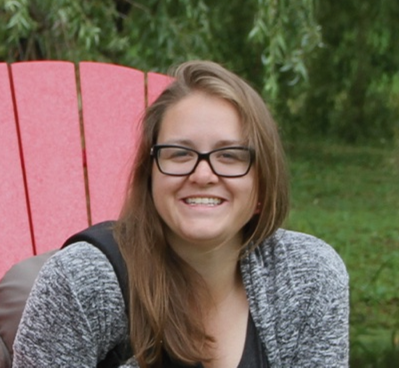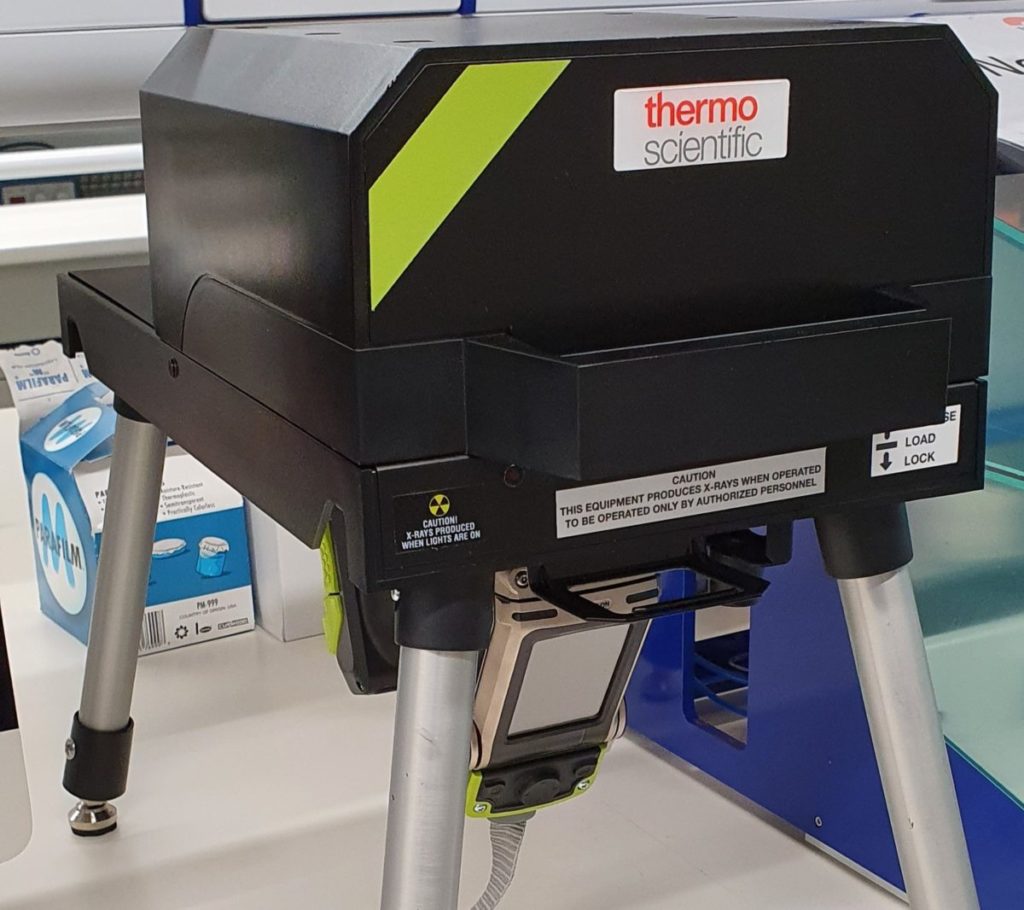Recently, we worked with Naomi Kilburn, a Master’s student at Durham University, whose dissertation project titled ‘Assessing pathological conditions in archaeological bone using portable X-ray fluorescence (pXRF)’ was published just this month! Fab, right? We took a moment from our calendar of Teams calls to have a Zoom call with Naomi and catch up on her work, experience, and the research.

Hi Naomi! So first off, tell us about yourself – what’s your research passion?
My passion is for palaeopathology – I love looking at human skeletons to see what they can tell us about health, diseases, and life in the past.
Oh wow, fascinating! What area of palaepathology do you enjoy the most?
There are so many fascinating areas to explore, but… at the top are studying infant and childhood health and looking for ways to expand how we learn about health in the past.
What pathway did you take to get into palaeopathology?
I recently completed my master’s at Durham University and I’m currently working on securing some PhD funding so that I can keep asking (and maybe sometimes even answering) exciting questions about people and their bones.
So your paper, Assessing Pathological Conditions in Archaeological Bone using pXRF… how did that get started?
Well, this project came about through talking with Becky Gowland, my advisor at Durham, about possible dissertation projects.
Becky suggested portable X-ray fluorescence (generally called pXRF, as otherwise it’s quite a mouthful) as a way to combine studying children with a new palaeopathological technique.
My major research question was thus formed: Can pXRF be used to distinguish between different diseases in archaeological bone?
Mmm yes I can see how that idea was formed! Were you ready and raring to go or did you have a couple more hurdles to jump?
Ah yes, so, with the project idea settled, I then needed to figure out how to access a pXRF. Luckily, Becky knows many people and put me in contact with Tim Thompson at Teesside University.
After getting the go-ahead from Tim, I carefully packed some femora into boxes and headed to Teesside.

Excellent! How did you find coming to Teesside for a few days?
Rhys and Helga rolled out the welcome mat, showed me around the campus and gave me a crash course in using pXRF. And bingo, I was all set!.. until some unexpected hiccups…
Oh no! What happened?
The pXRF stopped working properly and had to be repaired, which muddles up all the project timelines. Disaster! (Okay, so it wasn’t that much of a disaster). But, with Helga’s supreme organisation and flexibility of everyone using the pXRF, things were quickly back on track better than ever!
Glad to hear it was sorted out! So… what did the pXRF do?
With pXRF, I could zap the bones with X-Rays and find out what kinds of elements are in the bones (and how much of them there is!).
What did this tell you?
I found that the real time-consuming part of pXRF was playing with all the numbers and figuring out what they might mean. My summer was spent making scatterplots and doing statistical tests to try and tease out patterns in the data that could be related to scurvy, or rickets, or any of the other diseases I was looking at.
Data, data, data! What did you find out?
The patterns remained elusive (science!), but the search was fun! I looked at elemental ratios potentially related to cribra orbitalia, neoplastic disease, rickets, scurvy, syphilis, and pathological new bone formation. Unfortunately, elemental ratios were more closely related to post-burial processes, but examining larger sample sizes of each pathology could shed light on new information.
I see! Did you find out anything else?
Actually, I found out how useful the pXRF is! This work couldn’t have been done without pXRF because it allows rapid and non-destructive analysis (can’t go chopping up and grinding down archaeological collections willy-nilly!).
Awesome, go Team pXRF!
It’s absolutely fantastic to see students get their work get published, it’s such a great boon for PhD application process. I’m sure you’ll join us in wishing Naomi all the best in her bright academic future, we look forward to seeing what comes next!
TUBA

